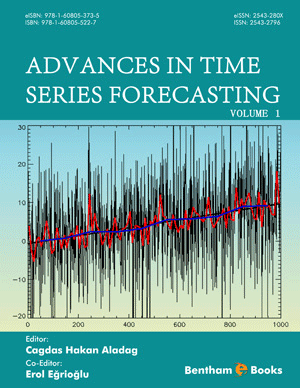Abstract
Ch. 2 reviews the derivation of the complete asymptotic expansion for a related func-tion of the error function, which was the first example ever of the Stokes phenomenon. It is shown that the asymptotic method used to derive the expansion, namely the well-known method of iter-ation that is applied to differential equations, introduces an infinity into the remainder and hence, is improper. As a consequence, the concept of an equivalence statement is introduced, while reg-ularisation is defined as the removal of the infinity in an asymptotic series in order to make its remainder summable. The analysis continues by demonstrating that the asymptotic expansion for the variant of the error function changes form at special rays of discontinuity and across specific sectors of the complex plane, which are now called Stokes lines and sectors respectively.












